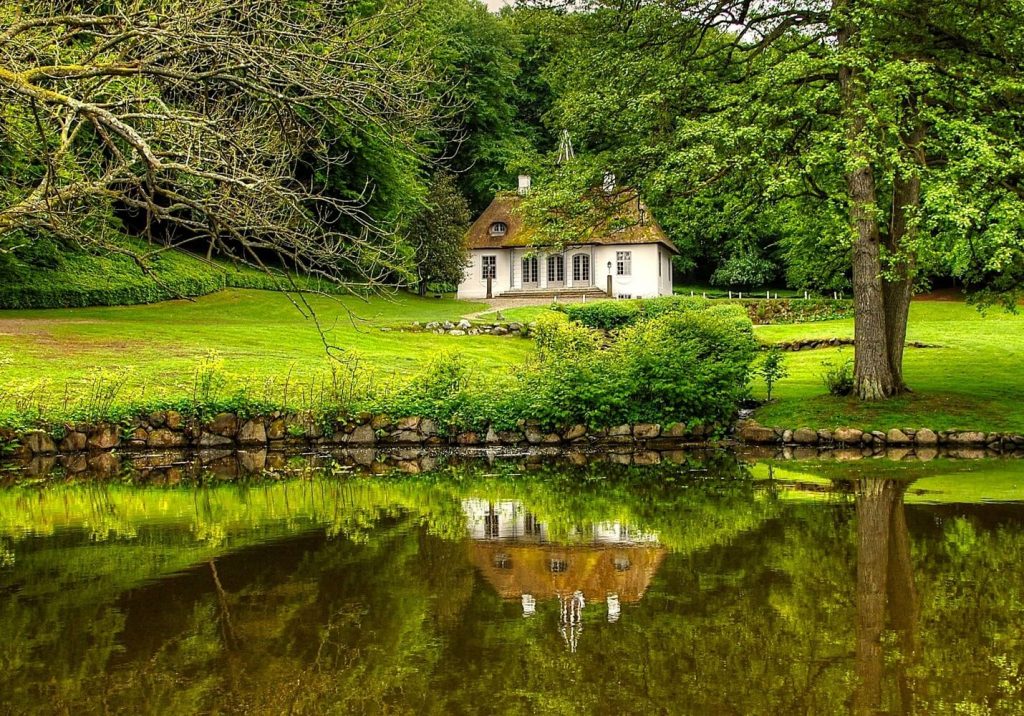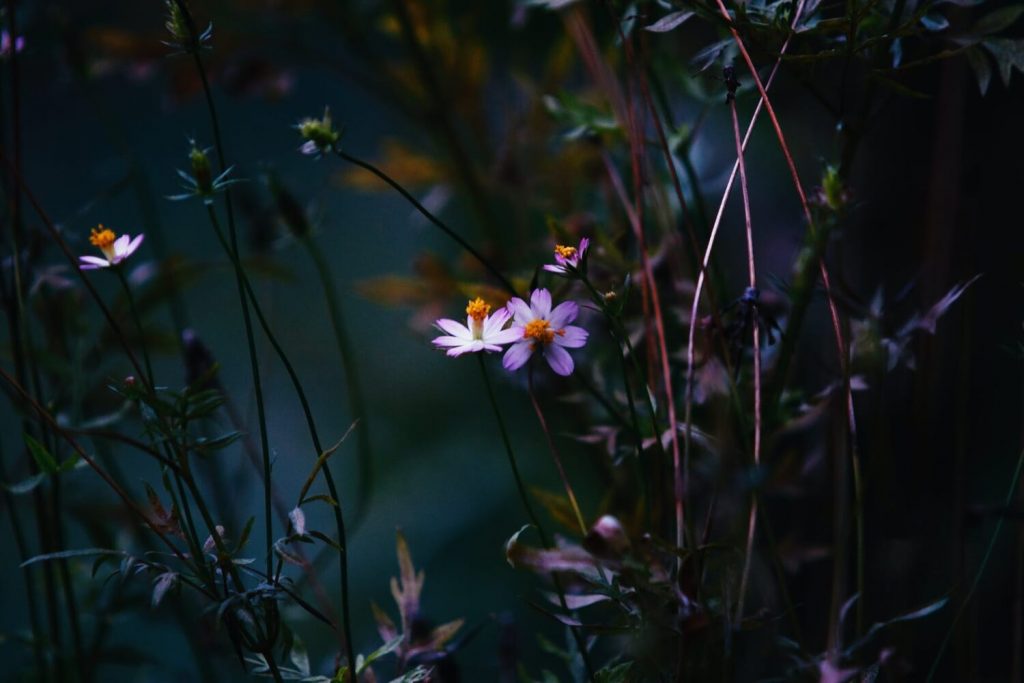Landscaping is a craft that many people are interested in, but they aren’t sure where to start. No surprise, though. With all the effort and intricacies involved, it can be intimidating at first. But the truth is, it’s not as complicated as you think. In this blog post, you’ll be learning some neat landscaping hacks that will save you time, money, and effort. Who knows? This might even help jumpstart an enjoyable hobby while making your yard more attractive. Be sure to read until the end!
Hack No. 1: Use Turf for Dogs
Ahhh, dogs. Who doesn’t love these big furry balls of energy? But although their playfulness is amusing, you probably worry about them getting into your yard. Dogs can wreak havoc on your well-kept grass, and that’s a mess you don’t want to risk. No worries, though. Protecting your lawn doesn’t have to be expensive. Turf is a cheap way to keep dogs out of the garden without resorting to physical barriers or fences that require maintenance.

Hack. No 2: Trees Are Your Friends
It’s no secret that trees take a long time to grow. Besides, you might be worried that they will mess up your perfectly manicured lawn’s aesthetics. Relax. They won’t. In fact, trees are your friends. They provide shade, which keeps plants and people cool in the summer months. They also help protect your garden from harsh winds that might otherwise damage delicate flowers or vegetables. Additionally, because they grow larger over time, you’ll be building a protective wall around your yard. But of course, not all trees work great for landscaping. Here are some of the best green towers to plant on your lawn:
- Trees for shade: Golden Rain Tree, Oak Tree, Maples.
- Small trees: Serviceberry, Citrus, Japanese Maple, Riverbirch, Weeping Cherry
- Trees for privacy: Spruce, Arborvitae, Pine
- Ornamental Trees: Dwarf Korean Lilac, Eastern Redbud, Crabapple, Pear

Hack No. 3: Make a Rain Garden to Prevent Flooding
Plants love rain. There’s no denying that. However, excessive rain will destroy your lawn, and what’s worse? The weather isn’t something you can’t control. But don’t worry. Hope isn’t lost! Although you can’t stop the rain, you can construct a rain garden to mitigate its effect. Start by digging a shallow circular depression in your yard and filling it up with perennials and plants that thrive in moist soils. They will help absorb excess rainwater and prevent flooding. On top of that, they also help decrease wildlife activity while filtering out pollutants from the water runoff.
Hack No. 4: Fill Slopes with Ground Covers
Slopes can’t be difficult to maintain. That’s because the soil there easily erodes to runoff water. So, how can you make this section of your yard look beautiful while protecting the ground beneath? The solution is by planting ground covers. These plants are low-growing, spreads evenly, and don’t require meticulous methods to maintain. Examples include Irish ivy, periwinkle, bugleweed, creeping thyme, etc. They’re great for keeping weeds out of the picture while adding color and texture to your garden. Because these types can thrive in most conditions, they are perfect for places like slopes where grass doesn’t naturally flourish.
Hack No. 5: Plant Perennials instead of Annuals
Unless you have the time and willingness to fully commit to landscaping, it’s not worth adding a large mix of annual plants to your lawn. They take a lot of effort to maintain. That said, perennials can save you time and money in the long run. They don’t have to be replanted every year, and they require less water than their annual counterparts. Plus, whenever one of them dies off, they can add nutrients back into your soil with decomposition. So if you’re tight on budget or just want to spend less time gardening, then perennials are definitely more worth it.

Hack No. 6: Learn How to Mulch
Mulching is an excellent way to protect your lawn. It’s pretty inexpensive too. Instead of leaving dead grass in place, mulching adds nutrients back into the soil and improves moisture retention while keeping weeds down. How to do it? Just cover the entire bed with a roughly 2-inch layer of mulch using a rake to ensure that everything is evenly coated. There are two main types of mulch: organic or artificial. Organic materials include wood chips, leaves, straw, sawdust, etc. On the other hand, rubber, plastic sheets, and other manufactured materials make up the artificial option. As you can see, organic is the way to go simply because it looks more natural and doesn’t harm the environment.
Wrapping Up
Landscaping is not just a method or a practice. It is an art. There’s no shortcut to a beautiful lawn. It takes effort, dedication, and money. But the tips above will make the process much easier for you. Make good use of them!
